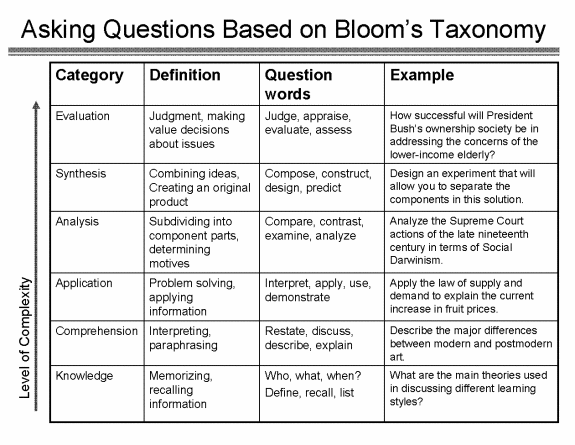Digital Questioning Strategies
options for making questioning more intentional
Questioning
WHAT?
WHY?
Intentional questioning makes every student accountable for the learning that day and doesn't let any student "off the hook" for learning. It can be very easy for teachers to call on those students who always know the answers and to call on them to avoid long wait times for slower-processing kids. Establishing a classroom routine of intentional, random student selecting can help teachers ensure that every student is strongly encouraged to engage in the lesson.
HOW?
Will there be exceptions to the routine? Certainly. Students have IEPS and other considerations, and teachers know their kids, so making the routine flexible and utilizing scaffolded questioning strategies will be important to including all students in the daily classroom discussion interactions. Kagan structures are also very helpful to providing smaller group questioning opportunities.
The bottom line is that intentional questioning strategies need to be practiced in all classrooms to create an environment of high expectations and "mandatory" engagement that will help students understand the objectives and interact with the concepts. High-level questions, tied to the objectives, and delivered by flexible and focused teachers will increase student success.









